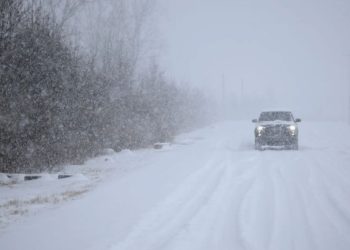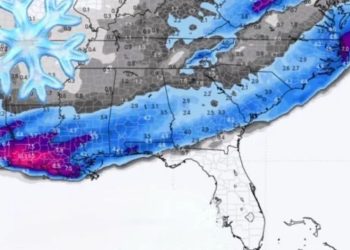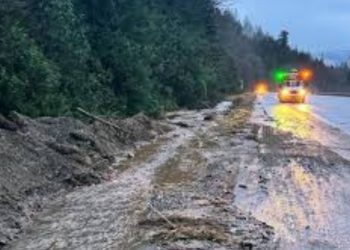The National Weather Service in Baltimore, MD/Washington, DC, has issued an Extreme Heat Watch, which is in force from Monday morning to Monday evening, with heat index readings potentially reaching 110 degrees. Residents in DC, Maryland, and northern Virginia should prepare for potentially dangerously hot weather. The recommendation advises people to drink lots of fluids, seek out air-conditioned rooms, avoid the sun, and keep an eye on others, particularly family and neighbors who may be sensitive in such hot weather.
The National Weather Service’s forecast details show a stretch of sunny and hot days ahead, with today’s high near 98 and heat index values as high as 104; the oppressive heat will continue into the week, with highs cresting at 101 on Monday and peaking around 102 by Tuesday, emphasizing the urgency of the advisory. The night provides little reprieve, with lows in the upper 70s to lower 80s, which may contribute to cumulative heat stress after sunset, as the urban landscape gradually releases the stored energy from the sweltering day.
Looking ahead, the week is projected to continue its blazing trend, with temperatures hovering over 100 degrees on Wednesday and only a minor drop on Thursday; however, that day also has a 30% chance of showers and thunderstorms. Precipitation is possible during the weekend, which may bring some relief from the heat, but this is doubtful. The National Weather Service’s most recent bulletin, at 6:52 a.m. EDT, reinforces a riveting story of an imminent heatwave that might strain both resources and individual grit.
Residents in the affected areas, which include the District of Columbia as well as sections of Carroll, Northern Baltimore, Cecil, and other designated locations, should take these projections seriously and plan accordingly to avoid the hazards connected with the upcoming high temperatures. “Drink plenty of fluids, stay in an air-conditioned room, stay out of the sun, and check up on relatives and neighbors.” This statement, a kind of unofficial mantra for heatwave survival, is reiterated by the National Weather Service’s release—and it could not be more relevant for the people caught under this dome of heat. As the Extreme Heat Watch approaches, the emphasis is squarely on preparation and cautious conduct to manage what might be a critical period of weather-induced stress.










